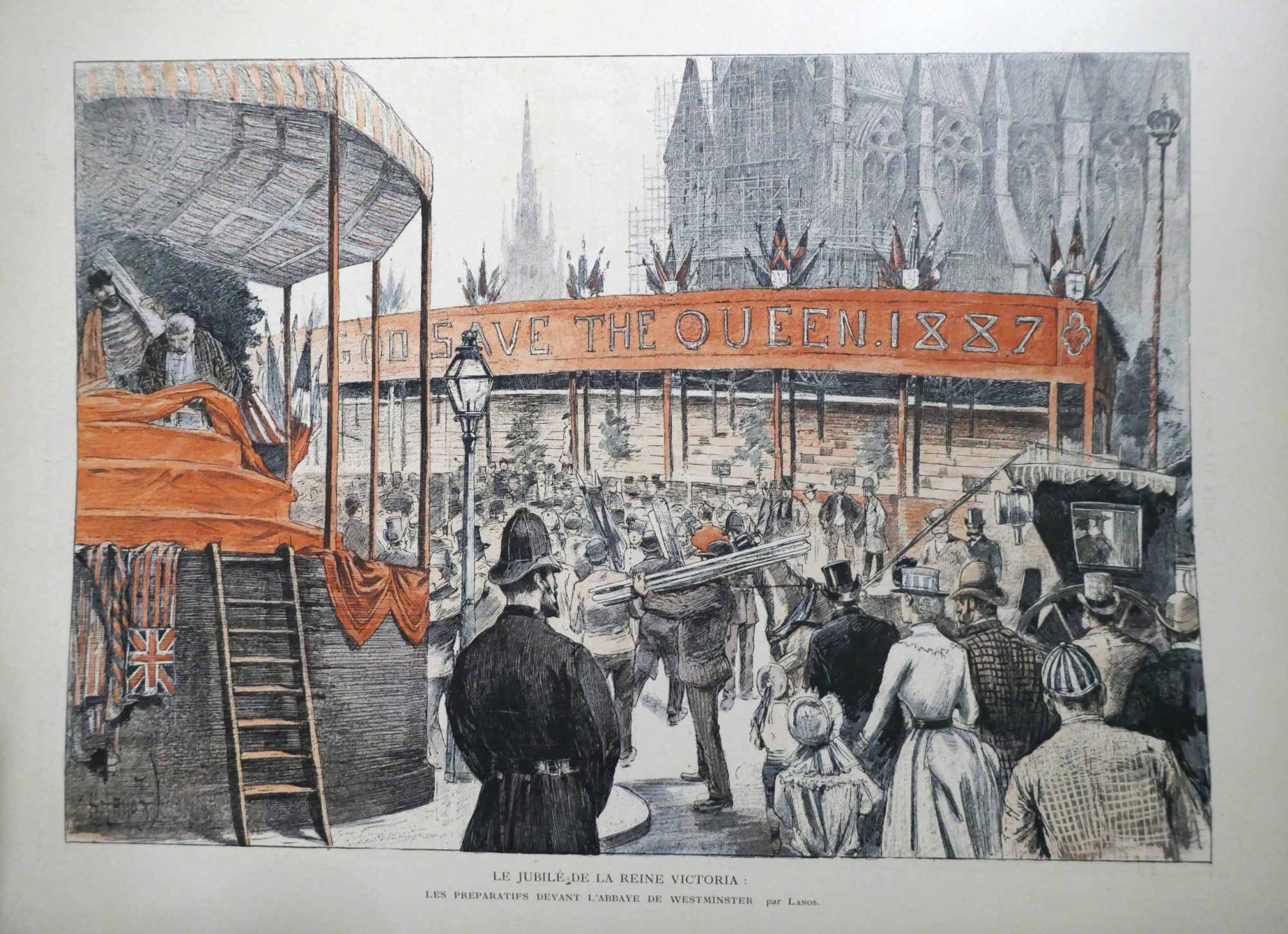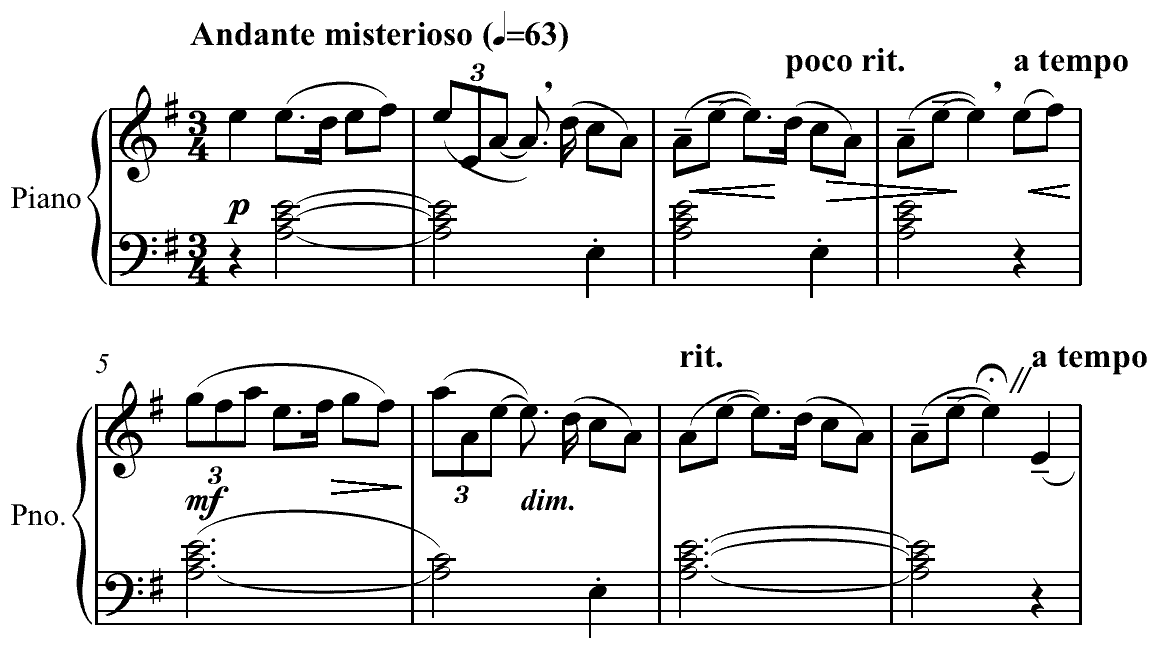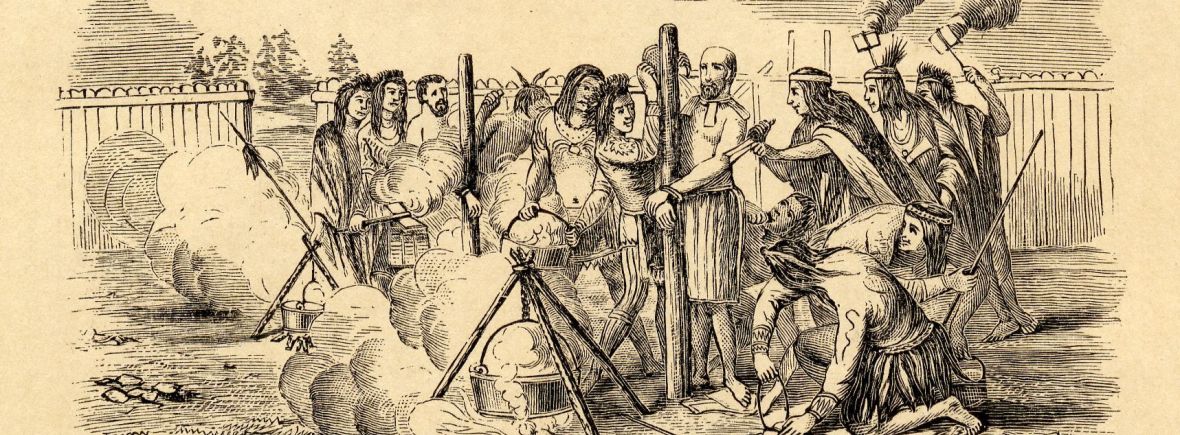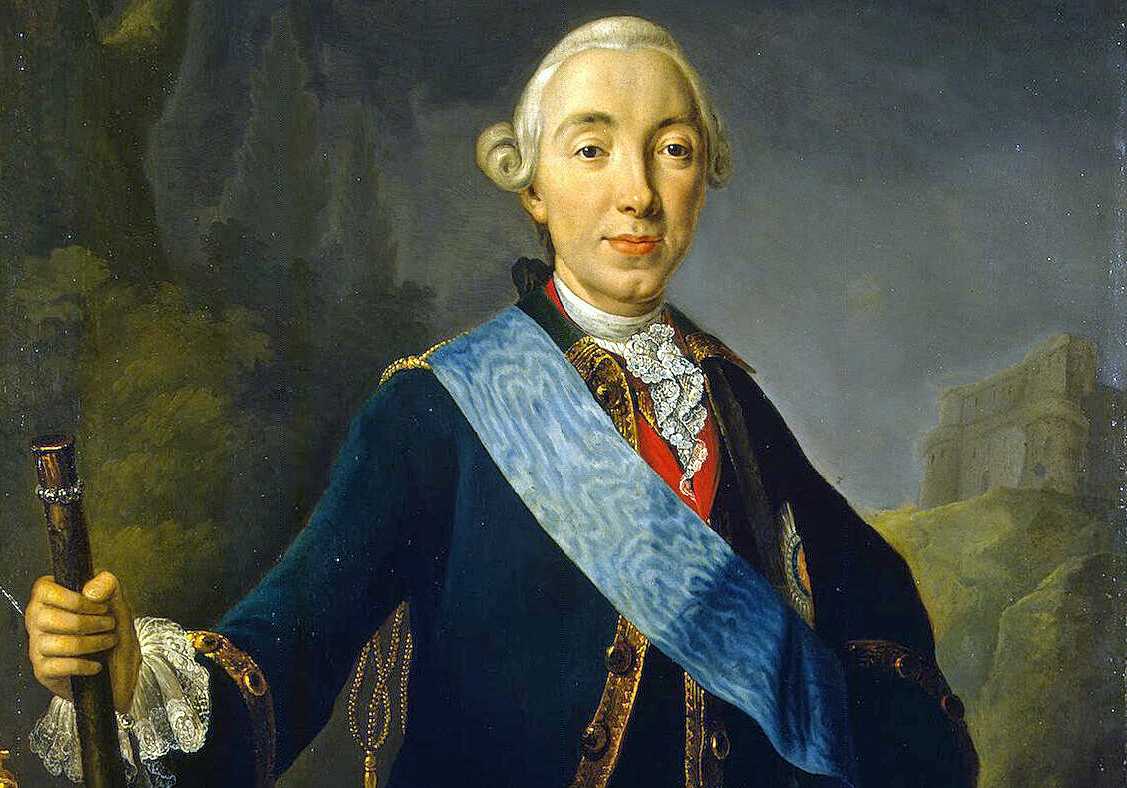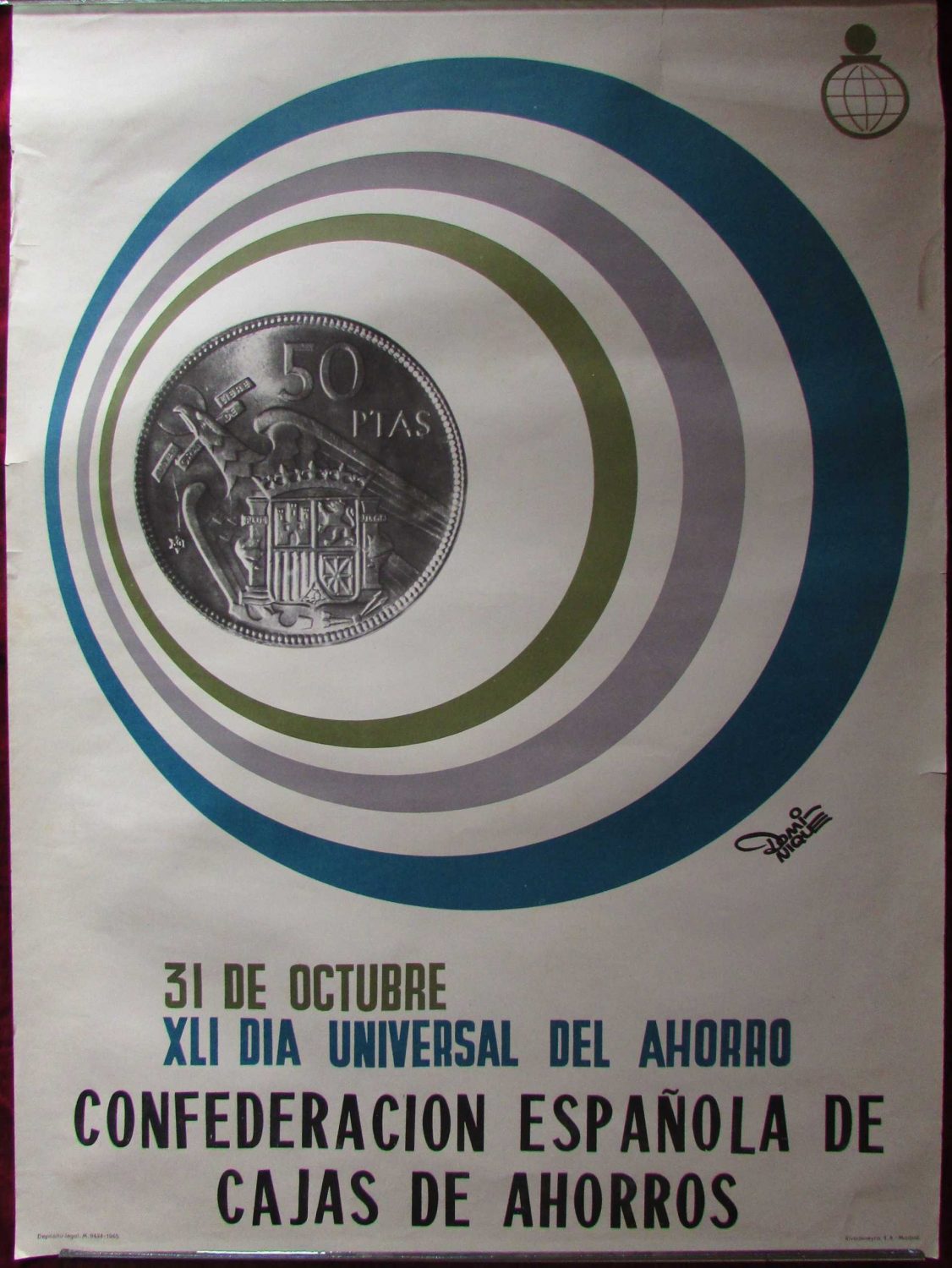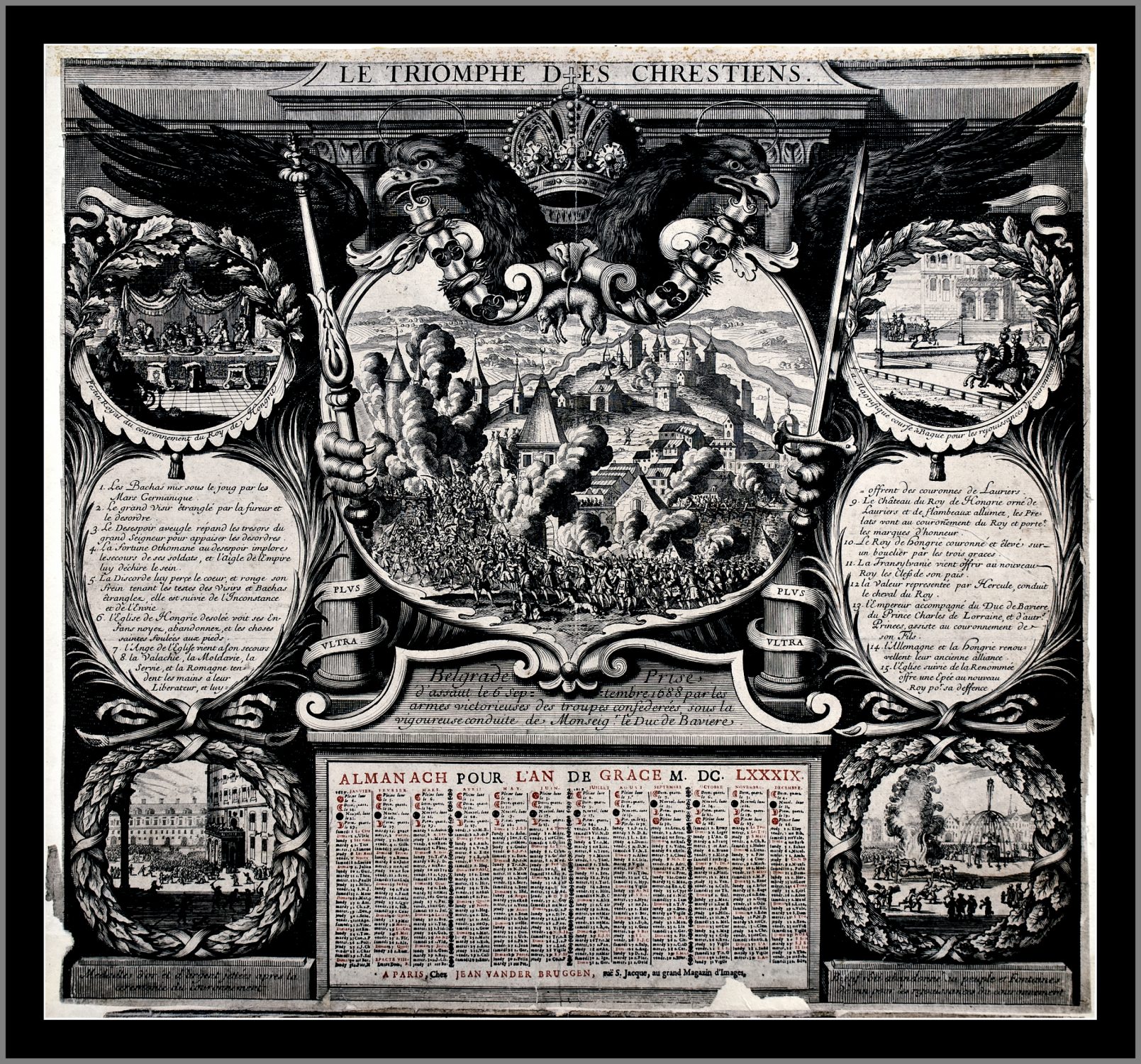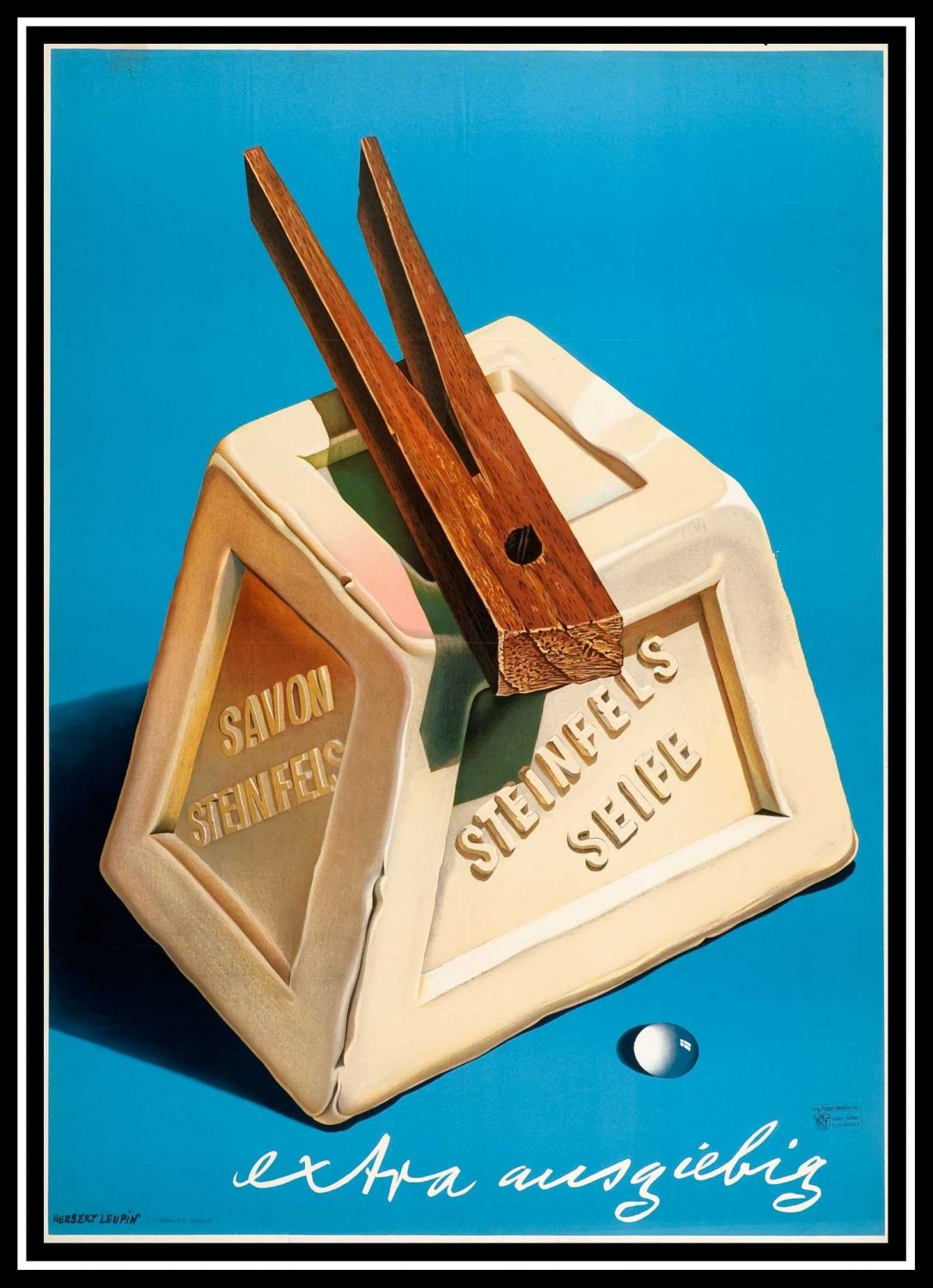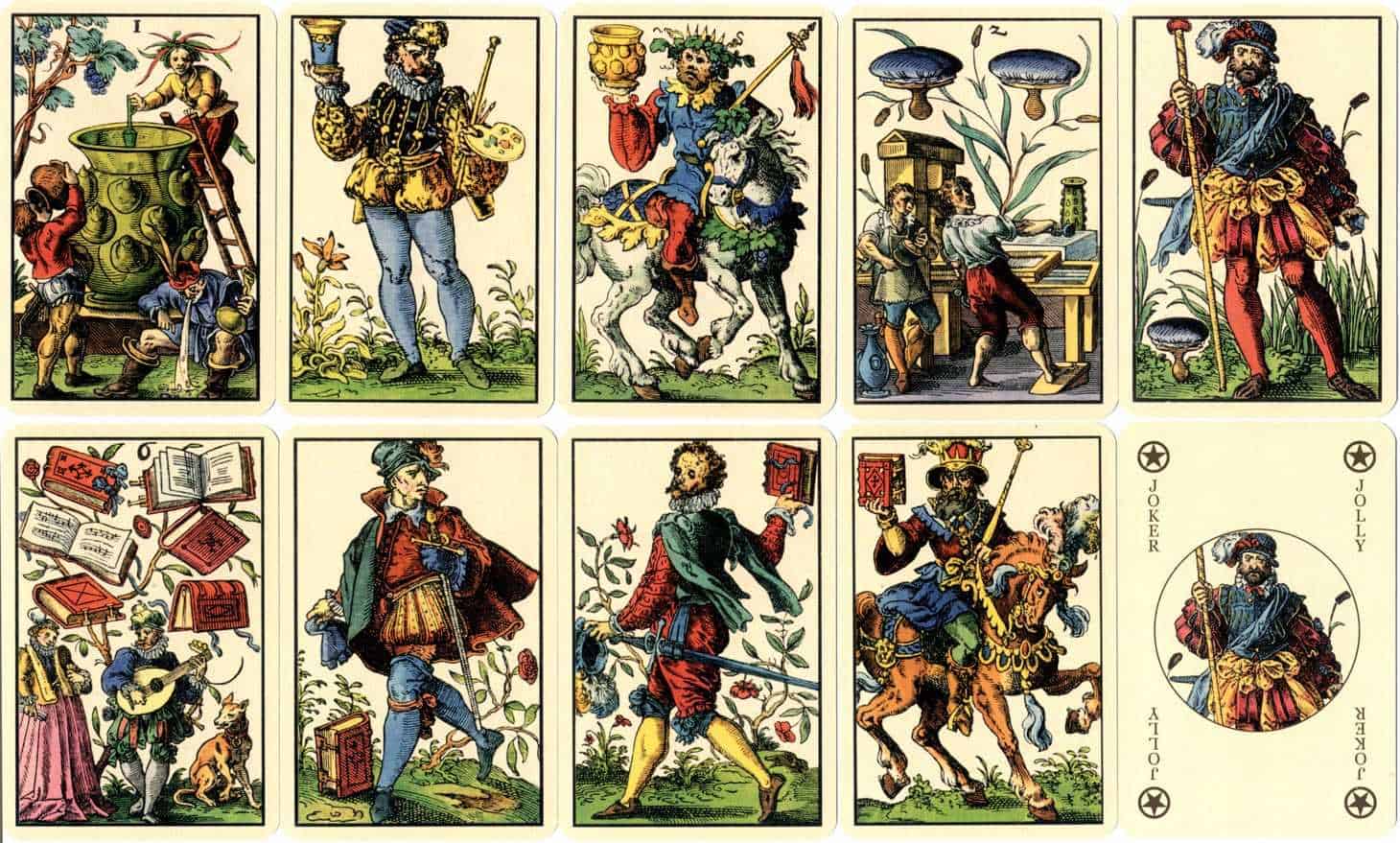History of Paper – The Beginning
Paper is not exclusively synonymous with writing, but its history surely is tied to the development of written language. Science the dawn of mankind there was always a need for communication. Some might argue that communication is the beginning of mankind or at least one of its early manifestations. Communication was crucial to the successful survival of human groups, we needed it for a variety of tasks. This is especially true for coordination and some of the modern aspects of societies, such as work specialization.
Two Manifestations of Language
Language serves mostly as a means of communication. As such, it forms a system of symbols with its own set of rules, intended for exchanging information between subjects. And to speak the same language means just that – sharing the same set of symbols and rules. There are two forms of language manifestation: verbal and written form. Of course, it is only logical that the verbal form preceded the written one. The origin of the verbal form of language is even today a subject of debate. Timeline-wise, it varies from as early as Homo habilis (2.3 million years ago), Homo erectus (1.8 million years ago), or Homo heidelbergensis (0.6 million years ago) to modern Homo sapiens with the Upper Paleolithic revolution less than 100,000 years ago. As for the written form of language, its origins are less debatable, due to a timeline much closer to modern history.

Cuneiform tablet from Baghdad, modern-day Iraq. Mesopotamia, date unknown.
We generally agree that the invention of true written language (not only numbers) appeared independently. This took place in at least two territories: Mesopotamia (ancient Sumer) around 3200 BC and Mesoamerica around 600 BC. It is still a matter of debate whether writing systems developed completely independently in Egypt around 3200 BC and in China around 1200 BC.
Carved to Written Word
As for the history of paper, we can begin our journey in ancient Egypt around 3000 BC where papyrus was invented. It came from a marsh grass called Cyperous Papyrus. It resembled a mat, therefore differing from the paper as we know it today.

Papyrus scroll, modern reproduction
The Egyptians cut thin strips from the plant’s stem and softened them in the waters of the Nile. They would then layer these strips at right angles to form a kind of mat, pounding it into a thin sheet and left in the sun to dry. Papyrus has since then been used in ancient Greece, the Roman Empire, and other Mediterranean civilizations of the time.
Paper as We Know It
Paper was developed in China and is tied to a Cai Lun, an official attached to the Imperial court during the Han Dynasty (202 BC-AD 220). Although, evidence now suggests that paper was used in China even before that. Cai Lun invented (revolutionized, or just perfected) the papermaking process which primarily used rags (textile waste) as the raw material with which to make paper.
Paper in China saw a variety in use: wrapping or padding protection for delicate bronze mirrors, padding of poisonous ‘medicine’, and toilet paper. It wasn’t until the 3rd century AD that it became a widespread writing material. The Chinese scholar-official Yan Zhitui (531-591) wrote on one occasion: “Paper on which there are quotations or commentaries from Five Classics or the names of sages, I dare not use for toilet purposes”. From there, paper spread to Japan, Korea, Tibet, and Vietnam (between the III and VI century AD).
From East to West
In year 751 AD, the Arab Abbasid Caliphate along with their ally the Tibetan Empire defeated the Chinese army. Thus, the invention of paper spread to the Middle East. Manufacturing of paper began in Samarkand (modern-day Uzbekistan) by 751, in Baghdad by 793, in Egypt by 900, and in Fes, Morocco around 1100 AD. The laborious process of papermaking was refined and machinery was designed for bulk manufacturing of paper. Production began in Baghdad, where a method was invented to make a thicker sheet of paper, which helped transform papermaking from artistry into a major industry. From there, the invention of paper spread to Europe when the Moors from North Africa invaded Spain and Portugal. Papermaking entered Europe in the 12th century.
Read more on the history of paper next week!
Dušan Dimitriev
Photo (1) Item given for photographing, owner of the tablet wishes to remain anonymous.


